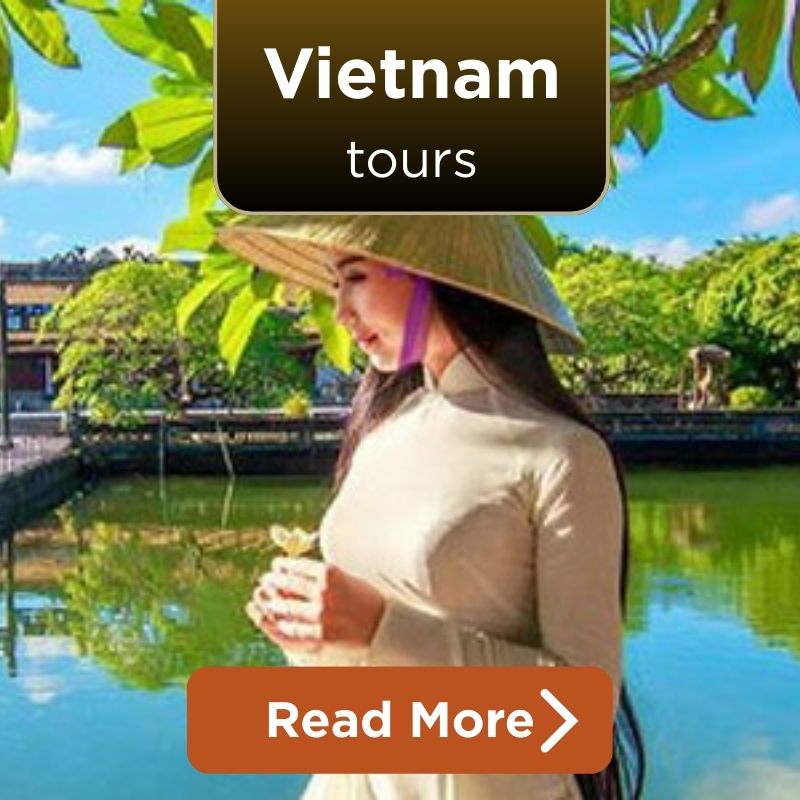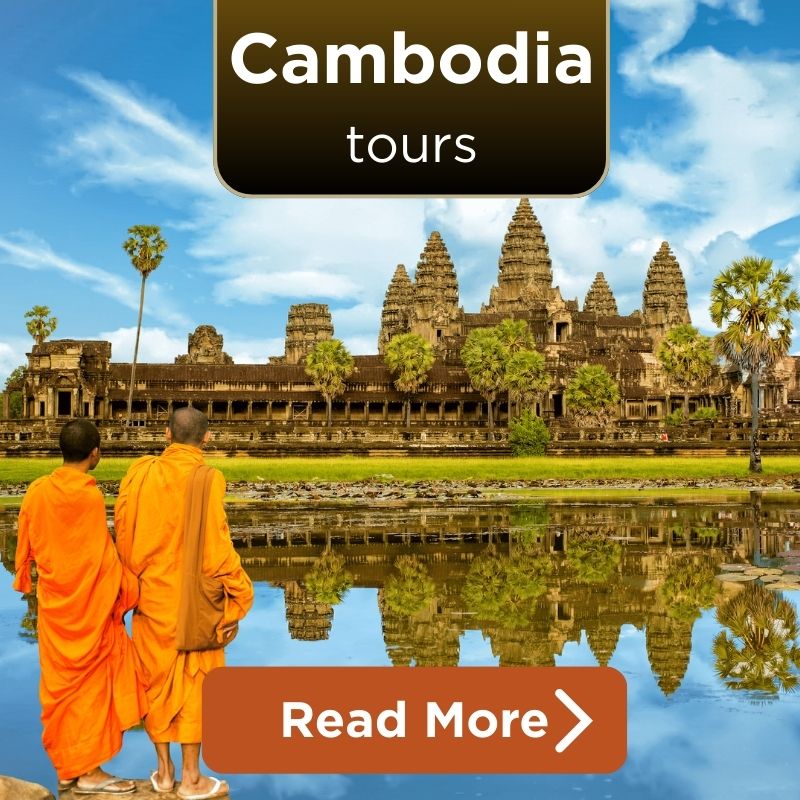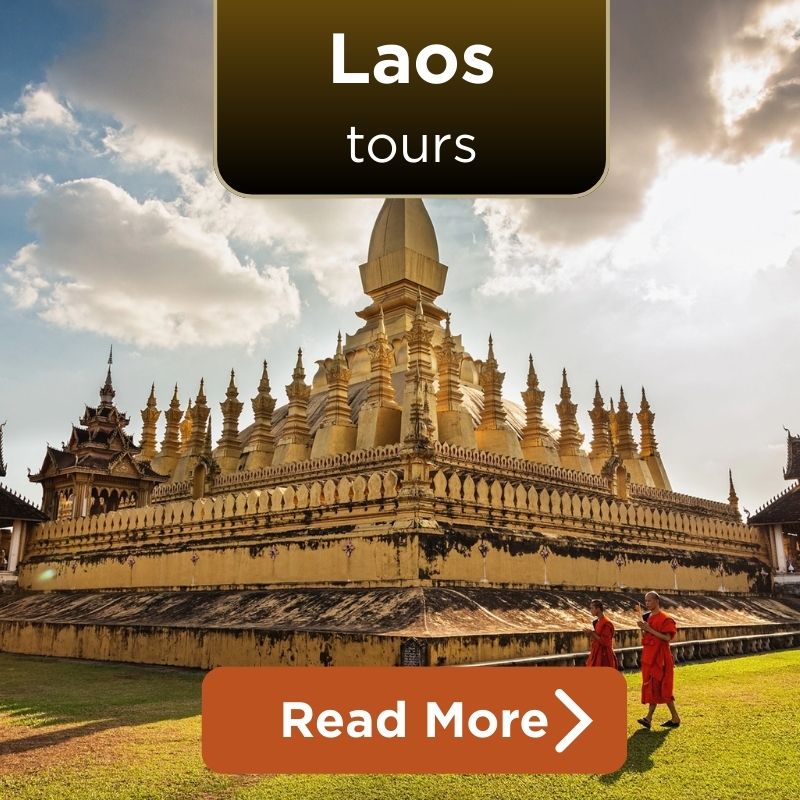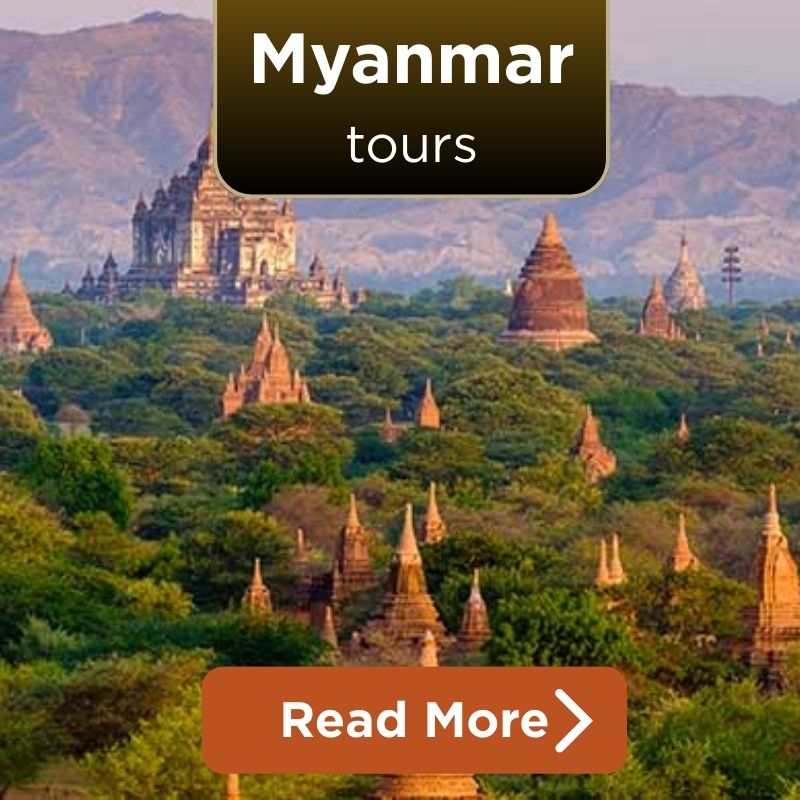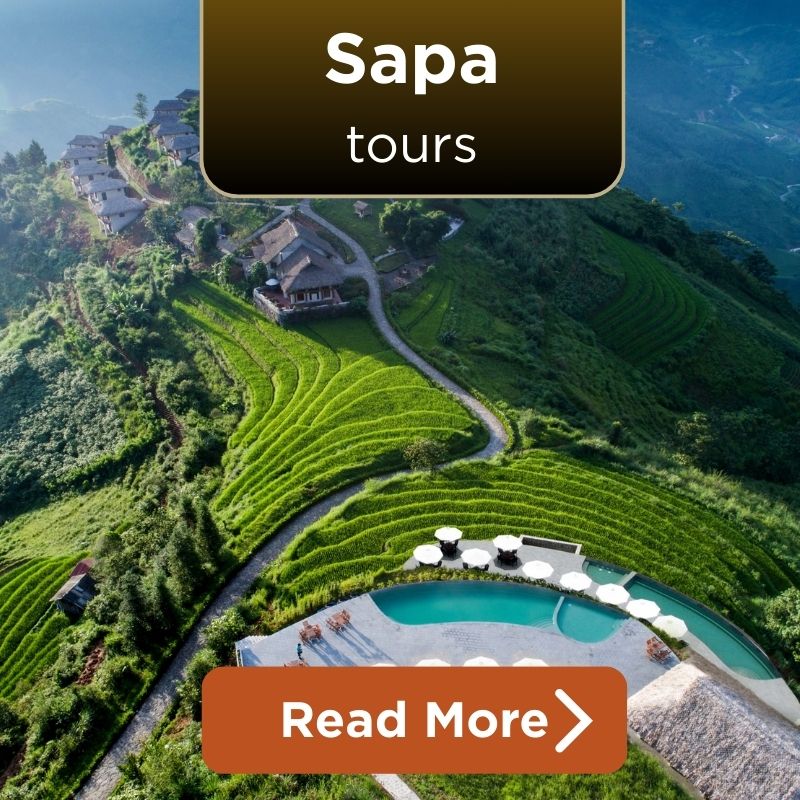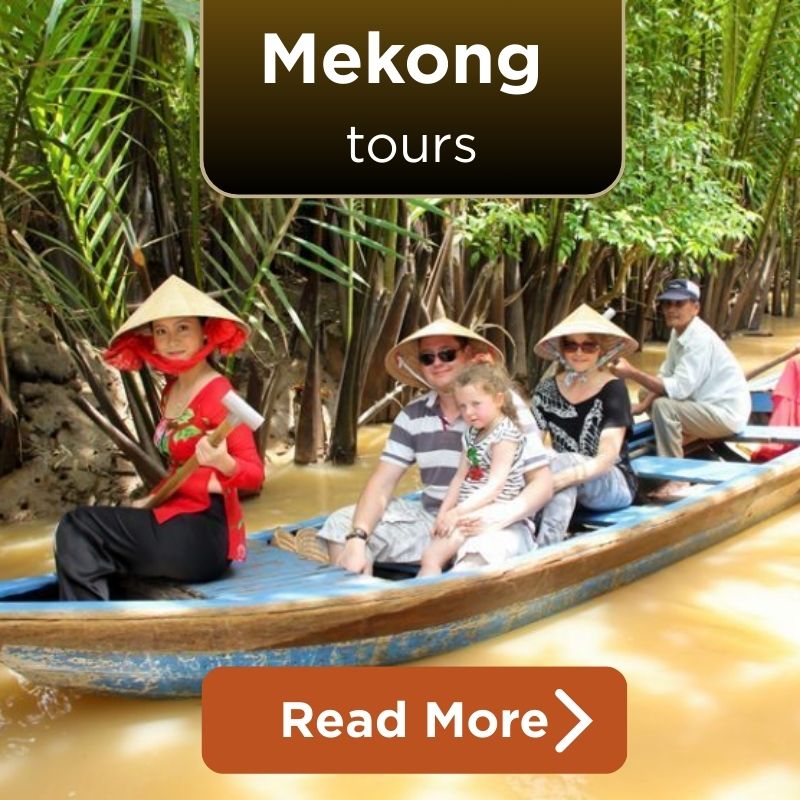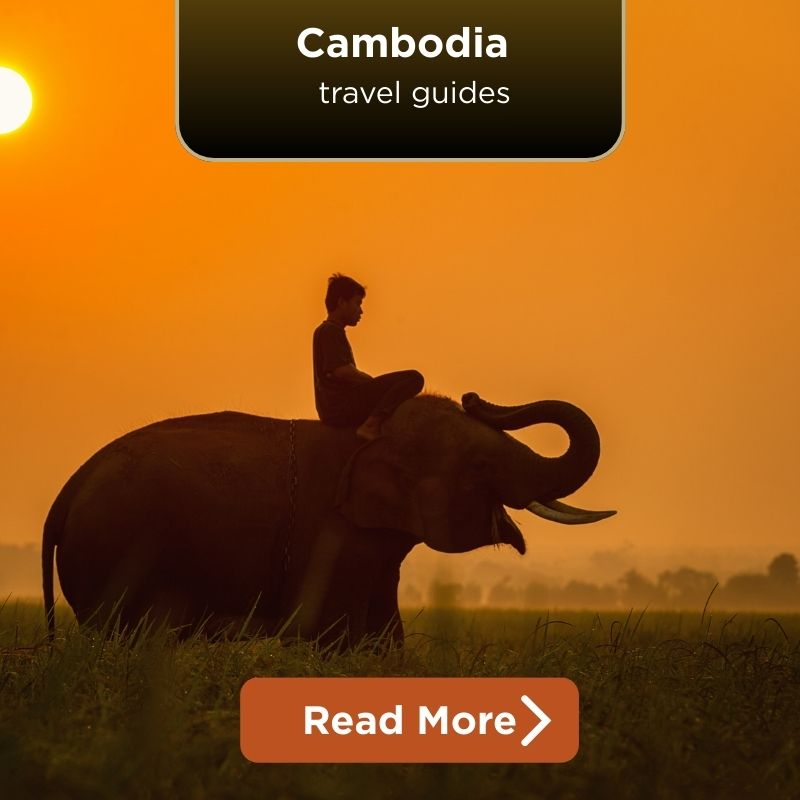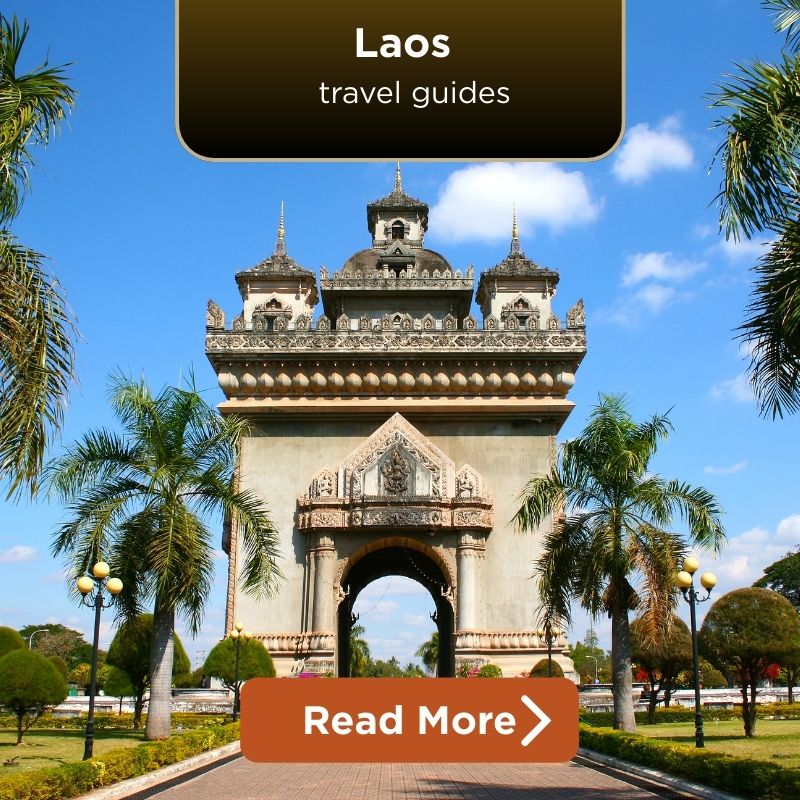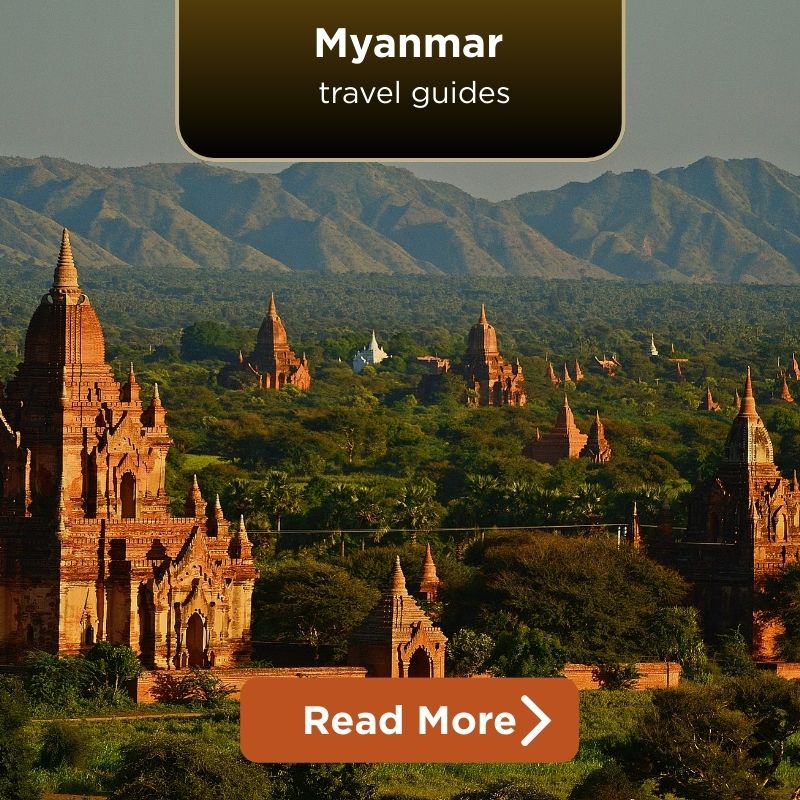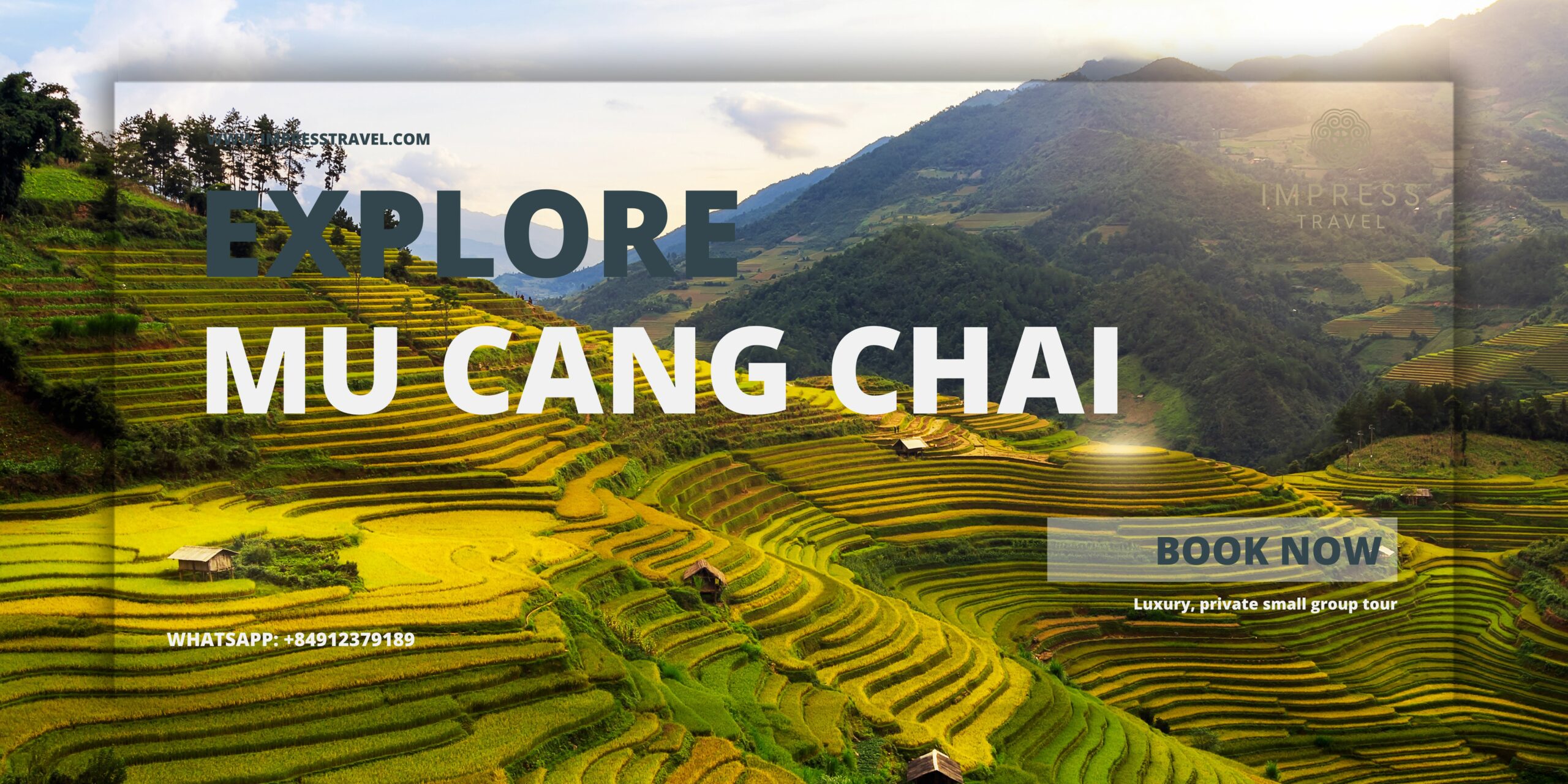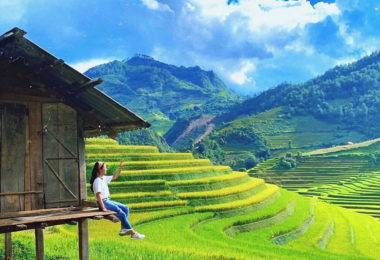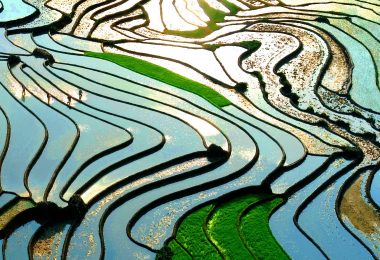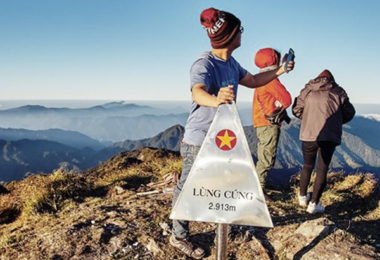When & Where to Visit the Market?
Therefore, when is the best time to witness the spectacular Mu Cang Chai Market? Let me take you through it, just like any enthusiastic local guide!
The spectacular amazing Mu Cang Chai Market comes around once a week, and Sunday morning is the busiest and most vibrant day. That’s when villagers from around the area and far-flung mountain villages trek there to gather in one place. It’s not a shopping affair, it’s a weekly reunion of sorts, filled with color, giggles, and cultural exchange. Want to see the life of the ethnic minorities in action? Sunday morning is the time to see it!
There are three primary market locations to familiarize yourself with:
- Cho trung tam Mu Cang Chai – The largest and most convenient, located in the center of the town.
- Cho Nga Ba Kim – A quaint market at the mountain crossroads, famous for its local charm and vistas of the rice paddies.
- Cho Khao Mang – More intimate and secluded, ideal for those travelers who seek to experience the quieter life of Mu Cang Chai’s market.
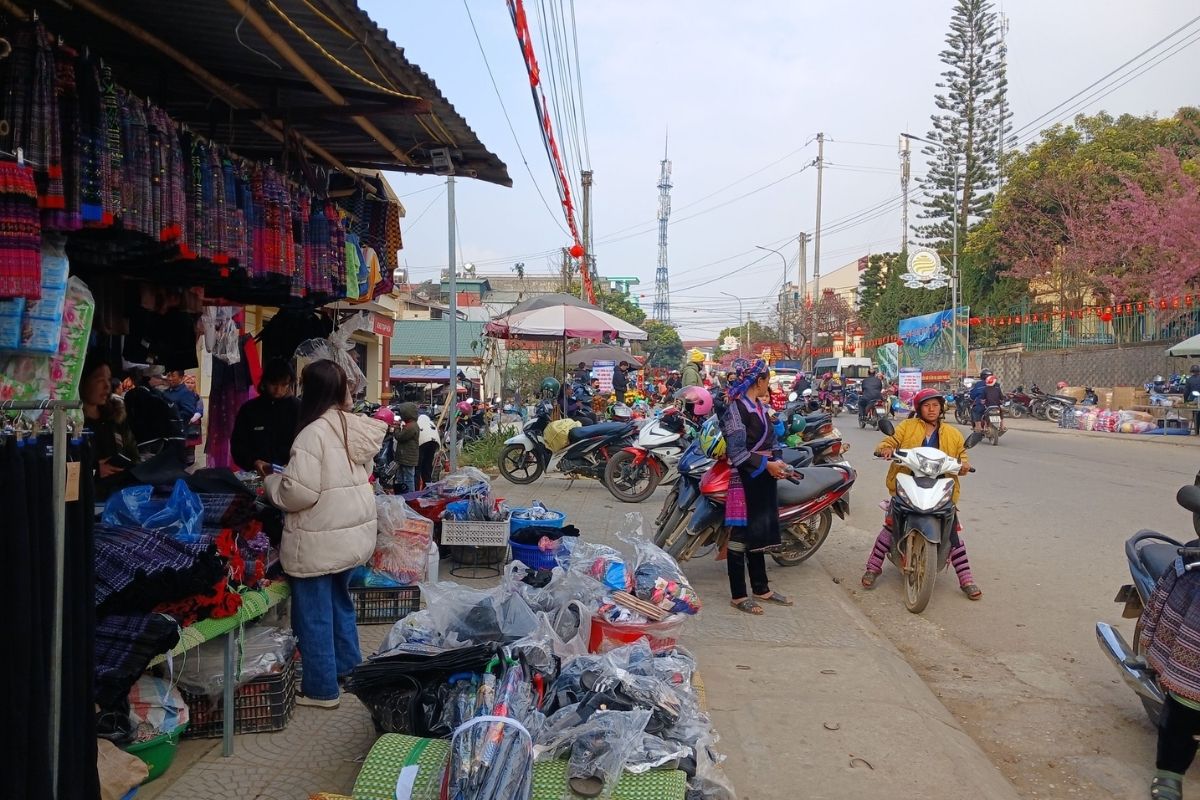
Mu Cang Chai Market (Source: MyHongPv)
The Ethnic Diversity at Mu Cang Chai Market
One of the most unforgettable aspects of the phenomenal Mu Cang Chai Market is its stunning ethnic diversity! It’s not just a market, it’s a cultural museum in the making, where every stall, smile, and piece of fabric has a story to tell from the mountains of Yen Bai Province.
Let’s introduce the ethnies Mu Cang Chai that animate this market:
- The H mong people: Dignified and spiritually attached to the mountains, they are frequently dressed in impressively colorful attire—bright indigo-dyed dresses, silver adornments, and scarves that glint in the morning sun. The stalls of the stunning overflow with finely detailed handcrafts, brocade textiles, medicinal herbs, and iron-forged implements.
- The Thai ethnic group: With elegant dress and tranquil nature, the Thai tend to peddle rice cakes, handwoven baskets, and musical instruments such as the pi or bamboo flute. Market etiquette is friendly but reserved among them, with soft words used in greeting and a smile speaking a thousand words.
- Their colorful assortment also includes the Muong and other hill tribes of the rural district, which contribute everything from wild honey to mushrooms from the forest. The dialects, traditions, and crafts of each of these enhance the cultural richness of the incredible Mu Cang Chai Market.

The H mong people (Source: giahanoi)
Must-Try Highland Delicacies
Five-coloured sticky rice or xoi ngu sac: A must-have of the Mu Cang Chai people, this beautiful dish is as symbolic as it is delectable. Using forest greens and flower dyes, each color symbolizes a part of life: luck in red, mountains in green, prosperity in yellow, love in purple, and purity in white. Sticky, scented, and subtly nutty, it’s a feast for the eyes and soul.
- Price at market: 15,000 – 25,000 VND/portion
Black square rice cake (banh chung den): A Thai favorite, the rice cake is wrapped in banana leaves and filled with pork and mung beans. The trick? Sticky rice is stained dark by infusing it with wild leaves (la nuc nac), imparting a rich, earthy scent and a firm, smoky texture. It’s forest flavor in a nutshell–plain, austere, and comforting.
- Price: 30,000 – 50,000 VND/piece
Pa pinh top (Grilled stream fish): This is not simply grilled fish—it’s a H mong culinary standout. Fresh from the mountain streams around Khau Pha Pass, the fish is opened up, seasoned with herbs including mac khen, garlic, and wild ginger, then slow-cooked over open coals. Juicy inside, crispy outside—wondrous Mu Cang Chai Market has never tasted better than this!
- Price: 60,000 – 100,000 VND/fish
Ga nuong mac khen & Thit trau gac bep: For those that like it smoky and rich, you’ve come to the right place. The Ga nuong mac khen (grilled chicken with forest pepper) of the hill tribes is a popular favorite—crisp skin, soft meat, and the tang of pepper. While Thit trau gac bep (smoked buffalo jerky) dries over the kitchen hearth for a month, it absorbs the deep flavor of woodsmoke. Salt, smoke, and a glass of ruou thoc (mountain rice wine).
- Price: 120,000 – 150,000 VND/portion

Ga nuong mac khen (Source: crystalbay)
Cultural Performances & Games
One of the most thrilling things to see at the spectacular Mu Cang Chai Market is the festive cultural performances and rustic games that occur at special occasions, most notably at the Tuan le ruong bac thang (Terraced Rice Fields Festival), typically from late September until early October, the harvesting season.
It is then that the ethnies of Mu Cang Chai, the Thai and H mong people, celebrate and exhibit their traditions by means of dance, music, and friendly competitions.
Traditional Dances You Can’t Miss
- Mua khen: Danced by Hmong women with the bamboo khen, it is a robust and dynamic dance. The sound resonates loudly through the valley, with dancers stepping out with firm, skillful footwork.
- Mua xoe: The elegant dance of the Thai ethnic group. Women wearing multicolored skirts perform a circular dance, hand in hand, to represent unity and happiness.
Unique Musical Instruments
While visiting the amazing Mu Cang Chai Market, you’ll hear music on traditional instruments such as the
- Khen (H mong reed pipe)
- Sao (flute)
- Pi (Thai ethnic pipe)
- Dan moi (jaw harp)
These musical instruments are a part of daily life in the mountains and narrate through sound, primarily on days of festivals.
Fun Highland Games to Watch or Join
Locals, and indeed, also tourists, are involved in merry games, including
- Day gay (stick pushing)
- Keo Co (tug of war)
- Ban no (crossbow shooting)
- Bit mat danh trong (blindfolded drum hitting)
These games occur primarily within the Sunday market or on festive weekends. They are not only done to entertain but also to demonstrate the strength, ability, and cohesiveness of the local ethnic minorities.
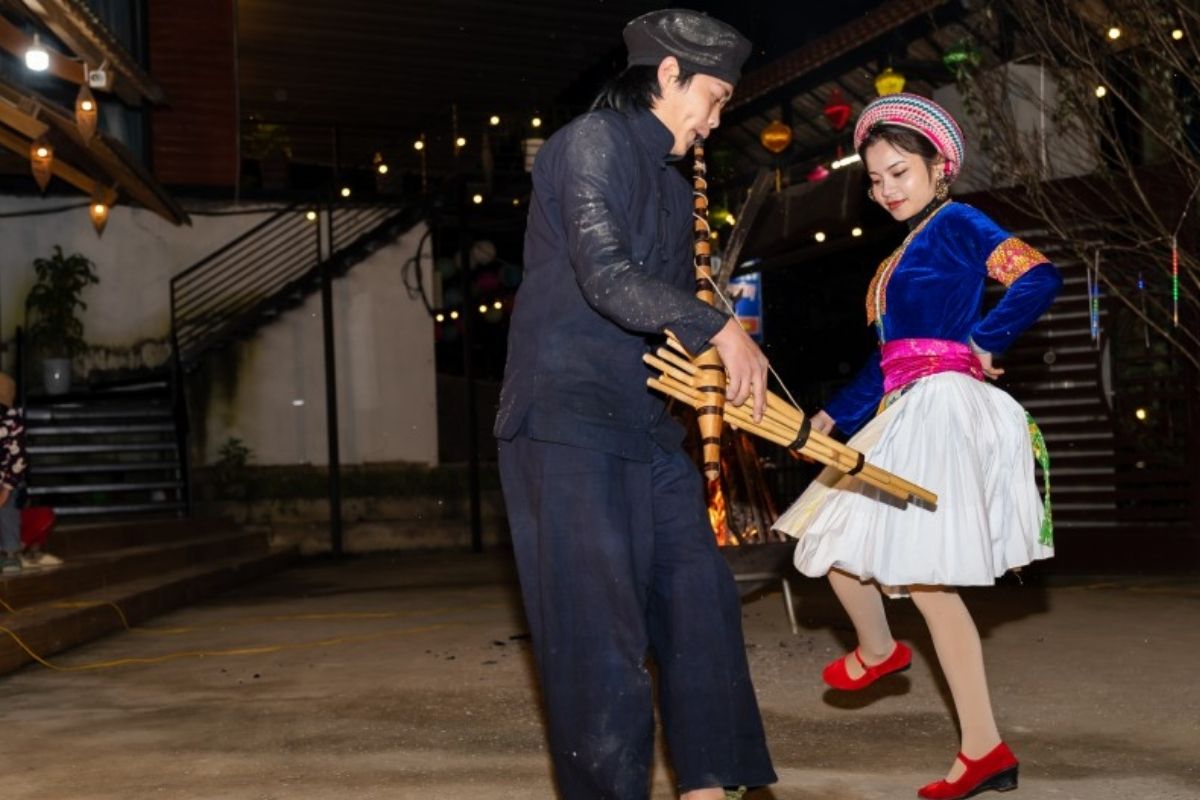
Mua khen (Source: tuoitrethudo)
Practical Tips for First-Time Visitors
What to Wear & Bring for amazing Mu Cang Chai Market
The weather in Mu Cang Chai’s rural district is subject to sudden changes, particularly in the morning market. Wear layers comfortably, and remember to pack a light jacket if you are visiting in the cooler harvesting time of year (September–October). Walking shoes are essential—you will be walking through stalls, rough paths, and even rice fields bordering the rice paddies alongside the terraced rice fields.
Bring:
- A refillable water bottle
- A light daypack
- Sunscreen and a hat
- A camera (you’ll want those wide views!)
- Having a kind attitude toward the amazing Mu Cang Chai Market
Money Matters for amazing Mu Cang Chai Market
At the stunning Mu Cang Chai Market, cash is the medium of exchange, and don’t forget to carry small bills (1,000 to 50,000 VND). The vendors do not carry change from bigger bills, and there are no ATMs around. Keep cash easily within reach so you can purchase handcrafted items, snacks, or even a lovely embroidered article from the hill tribes with ease.
Be a Clean and Respectful Traveler when discover amazing Mu Cang Chai Market
Let’s maintain the beauty of Mu Cang Chai. Come with a reusable shopping bag, never produce plastic waste and litter, particularly in the markets and along the scenic roads of Khau Pha Pass.
Respect local culture:
- Always request permission before photographing others.
- Don’t touch things you shouldn’t.
- Dress modestly, particularly if attending homes or participating in cultural activities of ethnic minorities.
Each small act is a token of gratitude to the ethnies Mu Cang Chai, who welcome you into the fold with open arms.
Conclusion
The phenomenal Mu Cang Chai Market is not just a market, but a soulful expression of tradition, of a community, of the dynamic energy of the ethnies Mu Cang Chai. Visit Mu Cang Chai and linger awhile, discover in wonder, and experience the rich tapestry of culture embedded in each dance, each meal, each smile. Want to know more? Find out about the ethnies Mu Cang Chai and let this trip through the stunning vistas of Yen Bai Province make its mark on your soul.





